When presented with a rare sunny day in northern United Kingdom and the new Royal Enfield Classic 650 Twin, we believed we knew what to expect. We were in for a surprise.
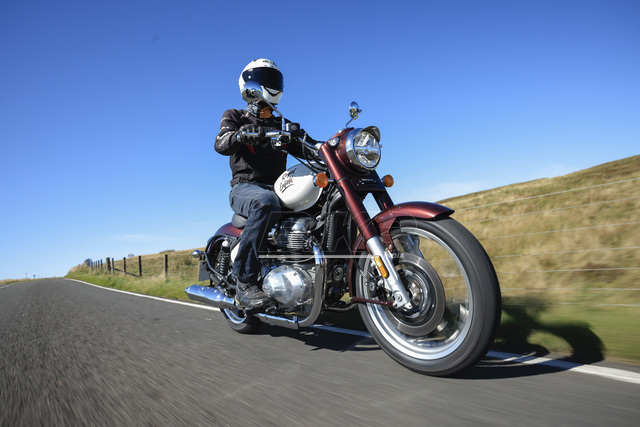
Story: Joshua Varghese
Photography: Royal Enfield
Without consulting the Internet or history books, one can say with confidence that the Classic range was key to Royal Enfield’s revival. Synonymous with the brand at one point, it has now evolved into an icon. The absence of a Classic bigger than the 350 was felt and Royal Enfield have addressed that concern by fusing the evergreen shape of the Classic with their popular 650-cc platform to bring us the Royal Enfield Classic 650 Twin. We got an opportunity to sample this combination in the northern part of the United Kingdom when the rain decided to take a day off. Lucky us.
Story-telling has always been an integral part of Royal Enfield’s culture and they took it to another level during the press ride of the Classic 650. Our day began with a look into life in England back in the 1820s thanks to a tour of the open air museum in Beamish, an experience that rivalled being sent back in time. Despite being the most modern machine in the region, the Classic 650 did not look out of place standing on the cobbled streets, which highlighted the timelessness of its design. At first glance, it is easy to say that the Classic 650 Twin looks just like any other Classic but close inspection will reveal a few small changes. Such as the absence of the oval throttle body covers and, obviously, the presence of the twin exhaust pipes.
It is also the longest motorcycle among other Royal Enfield 650s and it has the second longest wheelbase. Furthermore, it uses an 18-inch wheel at the rear and a 19-inch one at the front; something that is unique to the Classic 650.
The Classic design always struck me as purely retro with just enough “modern” and that opinion remained unchanged after I saw the motorcycle for the first time. There are three variants on offer and they are all mechanically identical. The key difference is that while one gets a black frame, another gets matching frame and body colour, and the third is artistry in chrome. The motorcycle we rode was the first of the three but if shiny and beautifully machined things tug at your heartstrings, you will find yourself falling for the top-shelf chrome variant with its stunning attention to detail and commendable workmanship. The exquisite chromed wheel hubs are among its highlights.
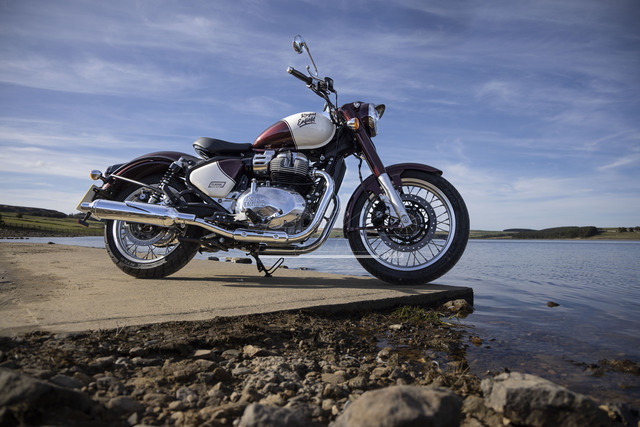
Due to its size and presence, the Classic is popularly associated with strong personalities. That charm is enforced with this one. Even at a standstill, it continues to retain a certain grandeur and gravitas about itself. Its seat is 800 millimetres off the ground and the reach to the handlebar is reasonable for tall riders, offering a commanding yet comfortable riding position. After covering almost 250 kilometres that day in said saddle, I felt no discomfort to speak of. While the motorcycle is accessible for shorter riders, too, they should keep in mind that it weighs a whopping 243 kilograms and is the heaviest Royal Enfield on sale in India. While the motorcycle we rode did not have the pillion seat attached, it will be offered as standard.
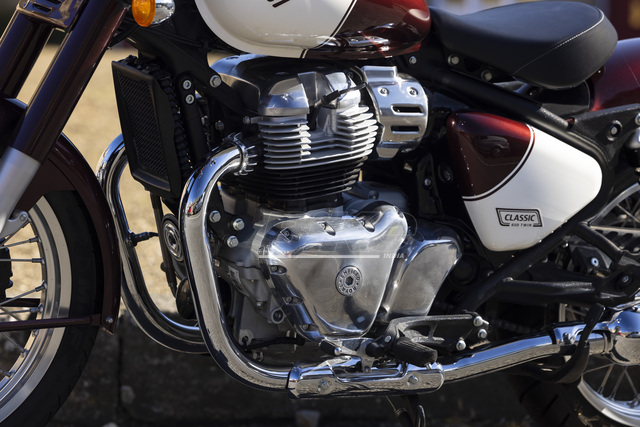
The Classic 650 has more in common with the Super Meteor and the Shotgun than any other 650 from the line-up because they share the same engine and frame. The former is the familiar unit that we have seen in those motorcycles in the same state of tune. The 648-cc, air-cooled, four-valve, SOHC, single-cylinder engine develops 47 hp at 7,250 rpm and a peak torque of 52.3 Nm at 5,650 rpm. The way it makes power is familiar but the revised final drive gearing ensures that the way it reaches the ground is distinct. One would expect the Classic to be a motorcycle to augment the leisurely way of life and that would hold true with this one, too, but there is more potential to tap. While it is capable of chugging along at 40-50 km/h in sixth gear without a care in the world, Royal Enfield have widened the horizon of this motorcycle’s capability.
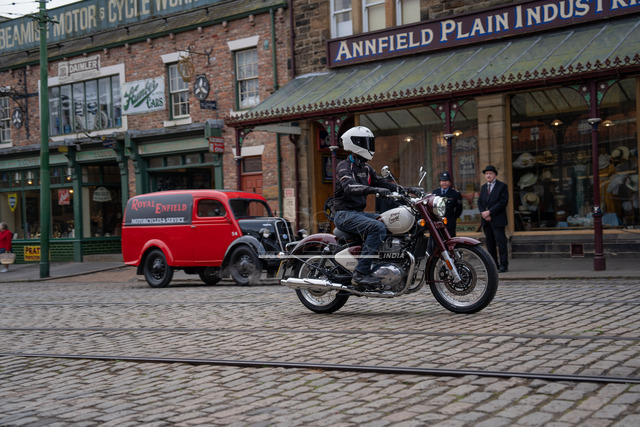
It can be quick through the gears when needed and is more adept at cruising than ever before. Remarkable levels of refinement until 120 km/h make it capable of covering distances quickly and effortlessly. It is only beyond that mark that the first vibrations are felt. Through town, this motorcycle is capable of being ridden in third or fourth gears without any fuss and once we merged on to the highway, keeping it over 100 km/h was similarly easy. British motorcycle racer, Jack Fowler, was our lead rider and he knew the countryside like the back of his hand. He led us on an amazing ride that wound through beautiful scenery along some excellent roads. With Jack doing his thing, we quickly settled into a rhythm that allowed us to properly enjoy the scenery, the tarmac, and the machine. It also revealed a new side of the Classic. While road presence, comfort, and an ability to cruise are all things I would have readily associated with this motorcycle without even riding it, one has to ride it to be convinced that it handles the way it does.
Royal Enfield claim that the Classic also uses suspension equipment from Showa. There is a regular telescopic fork at the front and dual shock-absorbers at the rear with 120 mm and 90 mm of travel respectively. However, they also claim that the internals for the rear shock-absorbers have been altered to match the Classic’s character. All that becomes text on a page because once in motion, it will not take long to develop a soft corner for this machine because its movement belies its heft. The set-up allows the motorcycle to hold the road well and gives it admirable composure round corners too. Although it is a heavy motorcycle, the Classic is nimble enough to change direction gracefully.
The response to steering input is predictable and the motorcycle is far from scary even when ridden fast. So rich was the feedback and such was the confidence at speed that we were flying past the serene English countryside at a good clip. Following Jack was fun and, sometimes, a bit too much fun. There were instances when we went over crests with both wheels in the air, landed on the rear wheel and continued as if nothing had happened. Some mistakes were made but a gentle application of the brakes brought things back under control with no drama from the chassis. The brakes offered adequate stopping power and allowed me to be precise while loading the front or shedding speed quickly. Finally, ample grip from the MRF tyres rounded off a package that has to be the sportiest iteration of the Classic yet.
On Britain’s largely excellent roads, the Classic’s ride quality was good and, honestly, I wanted nothing more from it in those conditions but the limited travel of its rear suspension may not work in its favour on our roads. An India-specific tune or revised geometry for the rear shock-absorbers may help significantly to improve things on that front.
The Classic 650 is a big upgrade on the single-cylinder Classics in every way possible and the only area that seems to take a hit is versatility because the 650 is more refined in its purpose as a purely road-biased motorcycle. Although it was never meant for it, there were some who would use the Classic to explore paths less taken. That may not be particularly enjoyable with this one.
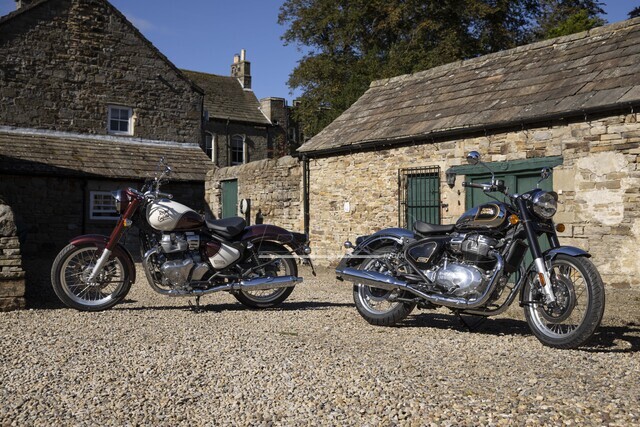
My first impression of the Royal Enfield Classic 650 Twin is positive. Overall, it feels natural to ride and the motorcycle flows through life with a grace that complements its styling. At this time we know nothing about the pricing, but we expect it to start close to the Shotgun 650 and the chrome variant may be the most expensive 650 of them all. Personally, I feel this motorcycle will resonate among those who liked the previous Classics but always wanted to cruise at higher speeds with more refinement. This motorcycle not only lived up to our expectations of the Classic name, it also raised the bar about what we will expect from it in the future.
Watch the review here:
Also Read: Royal Enfield Himalayan 450 Review

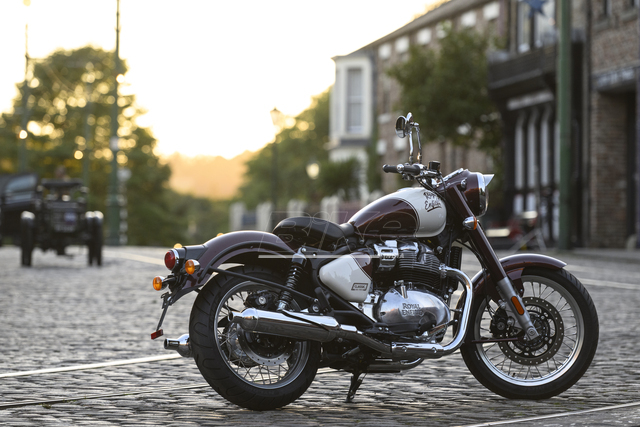
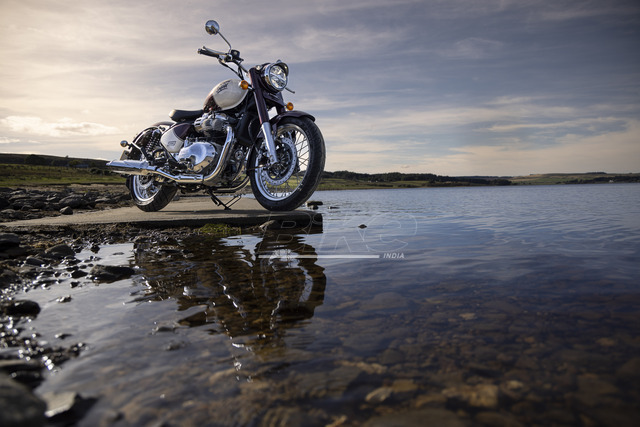
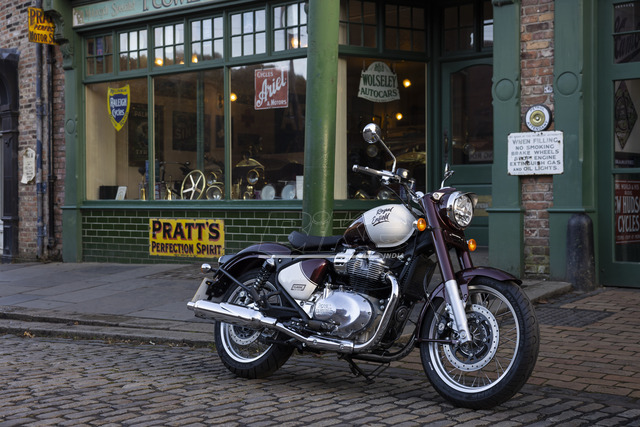
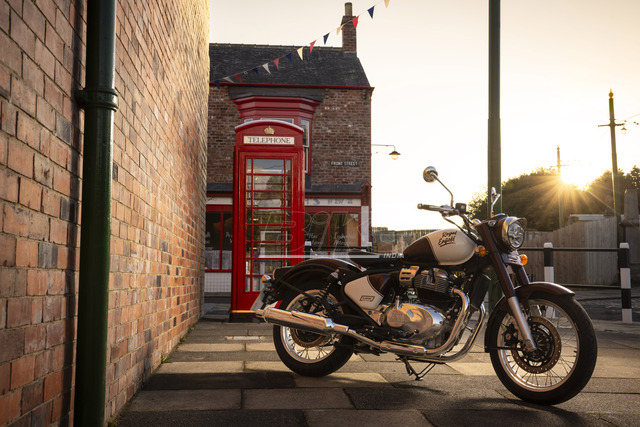
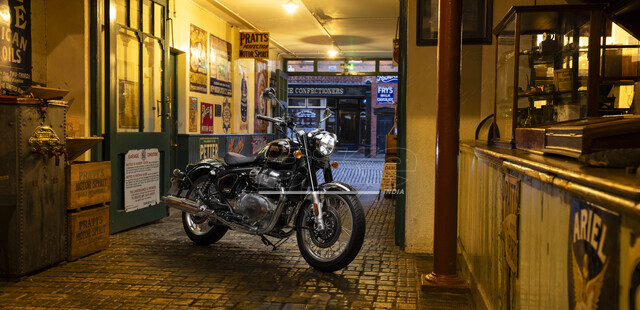
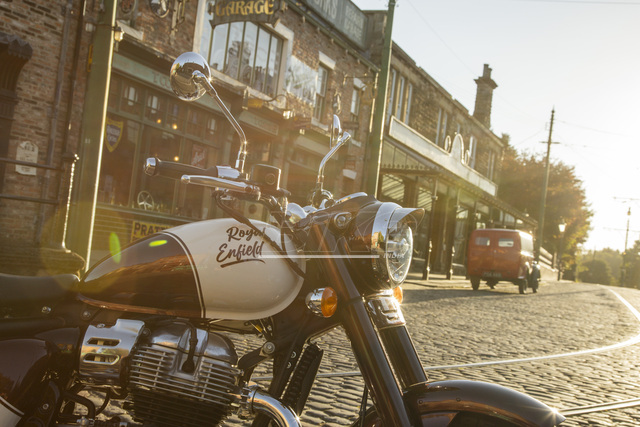
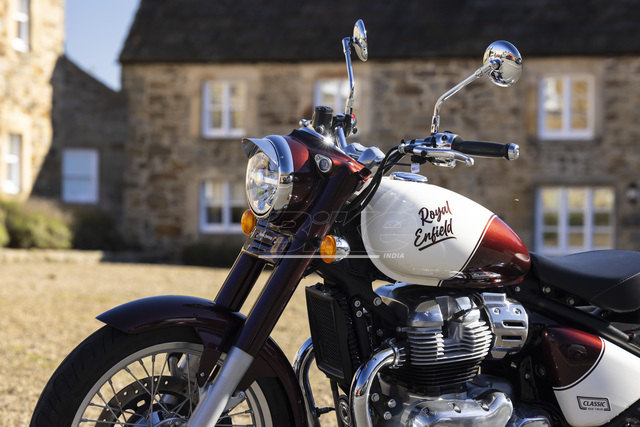
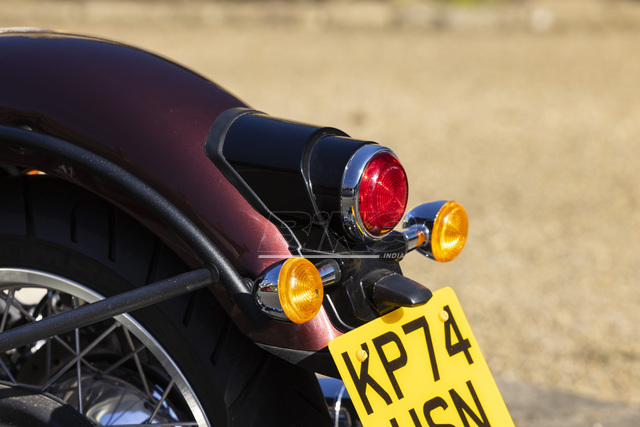
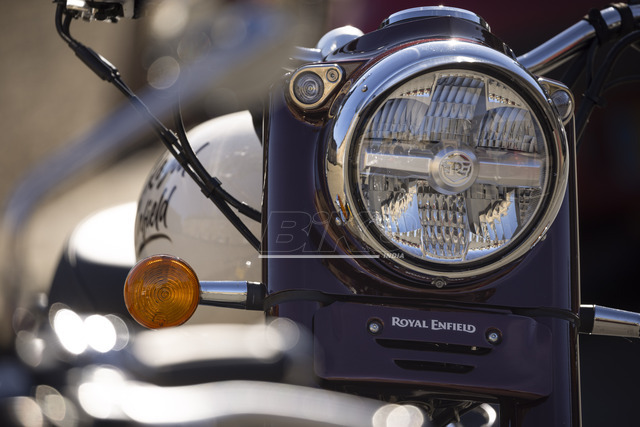
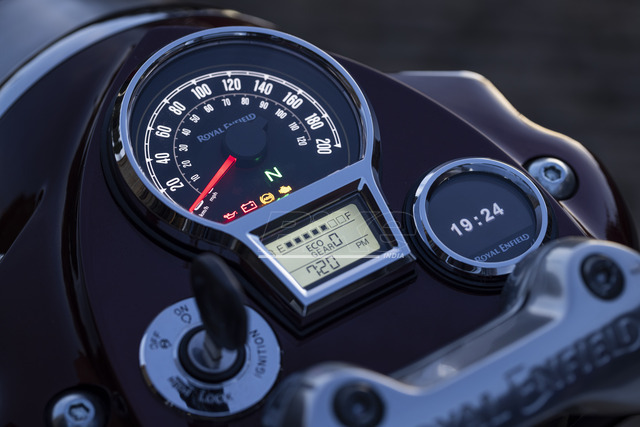
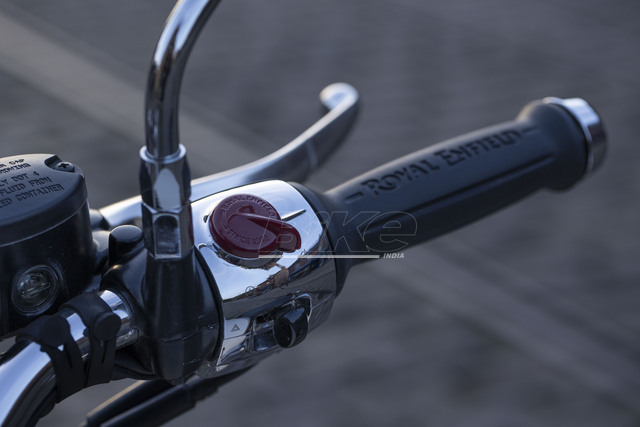
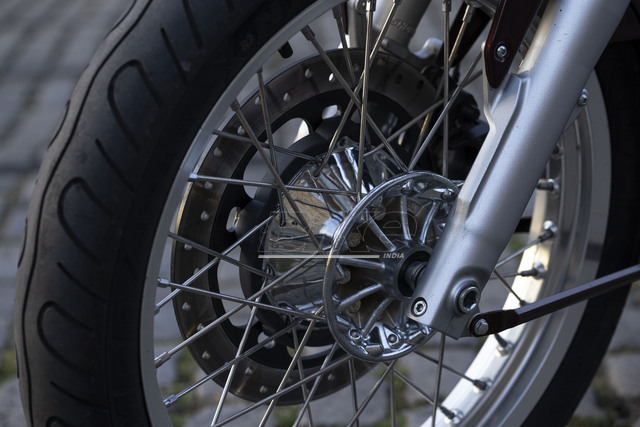
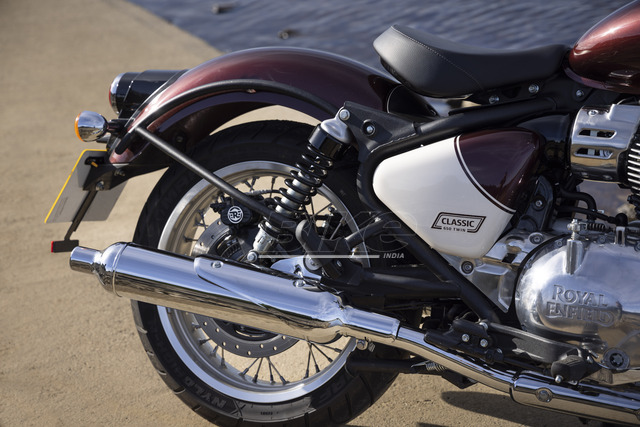
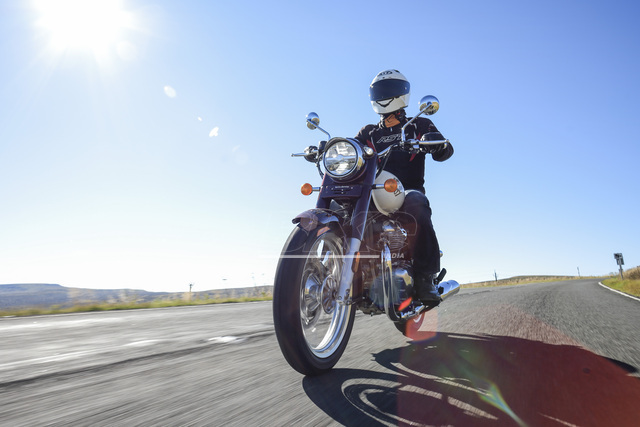
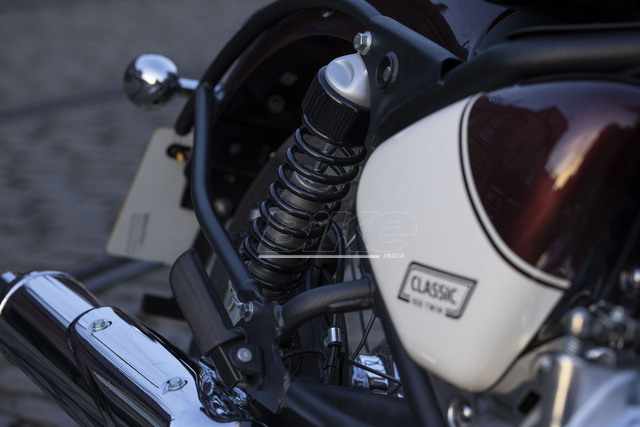
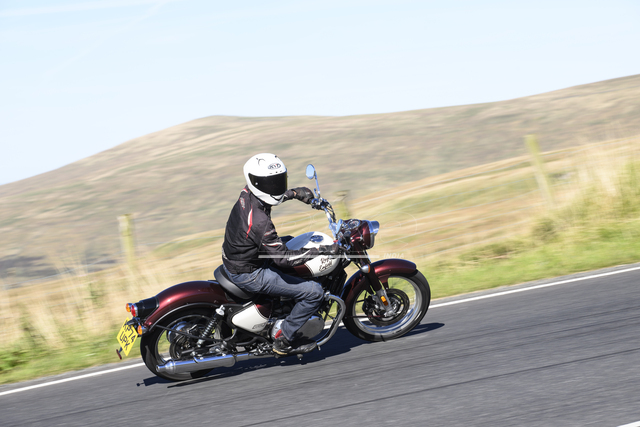
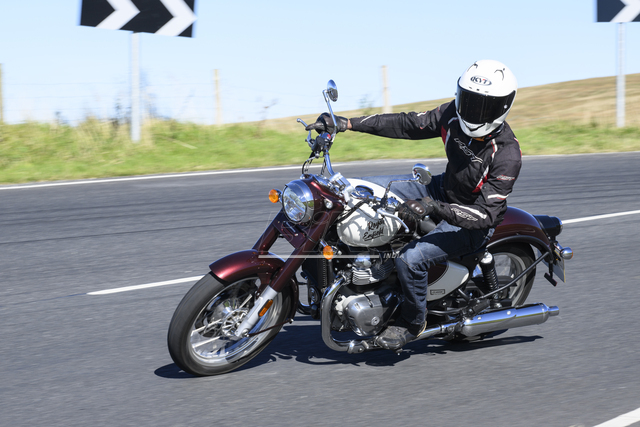
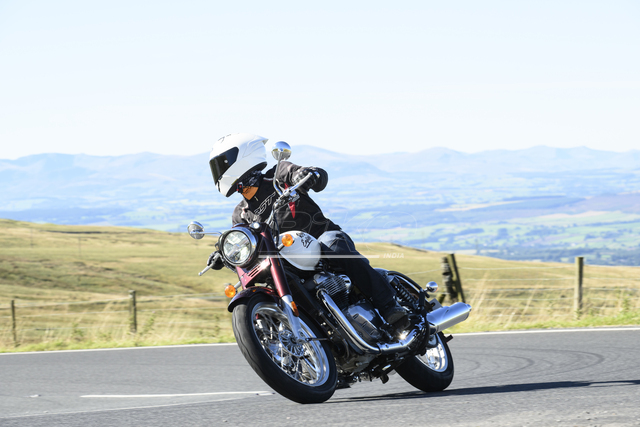
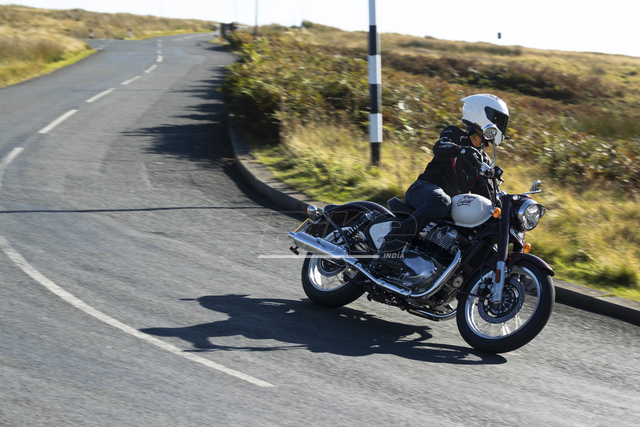
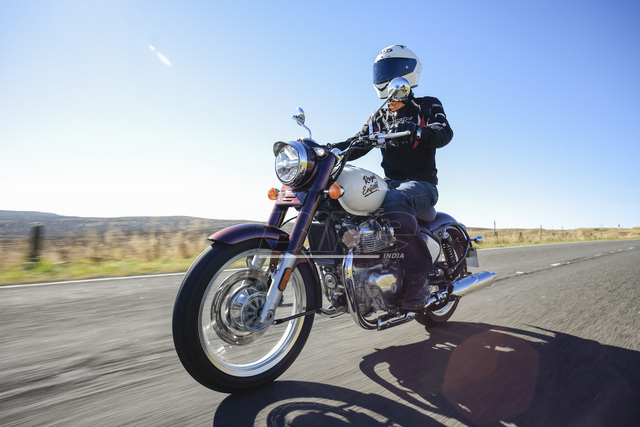
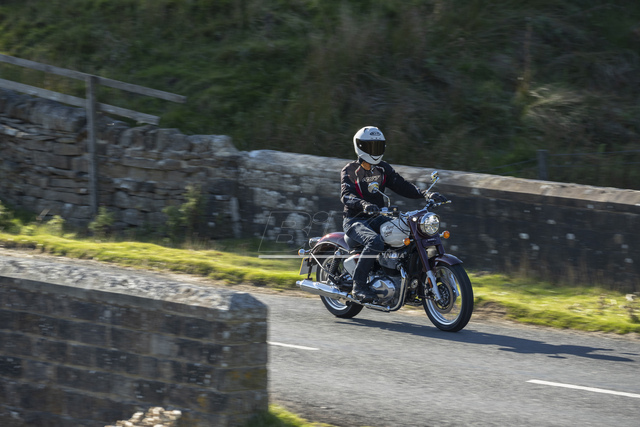

Leave a Reply